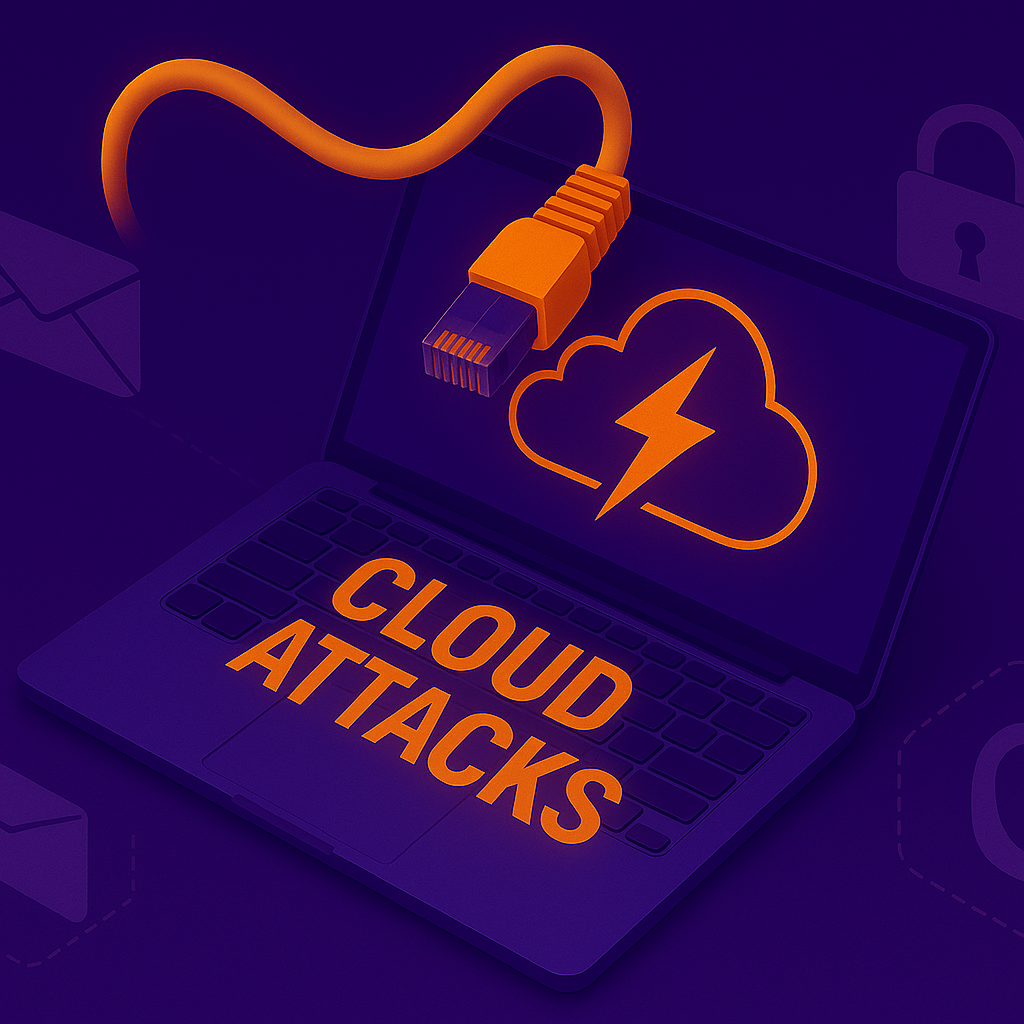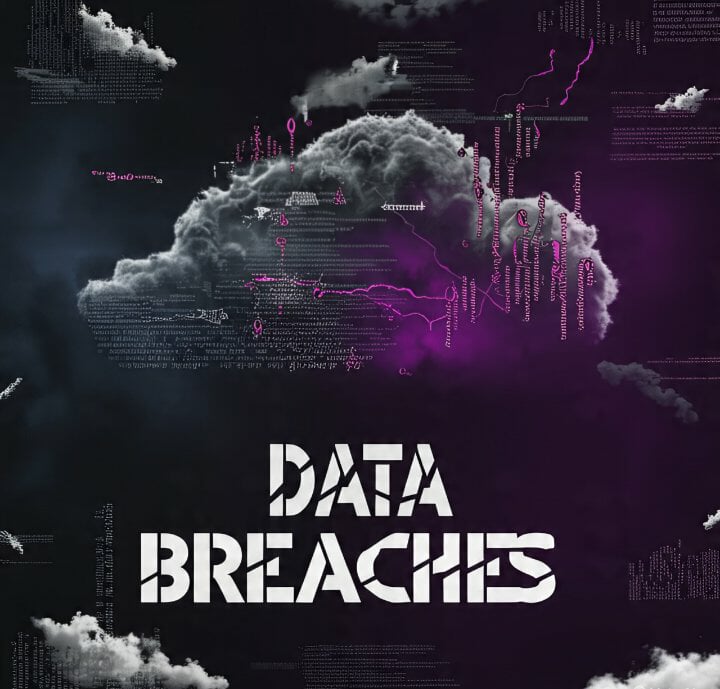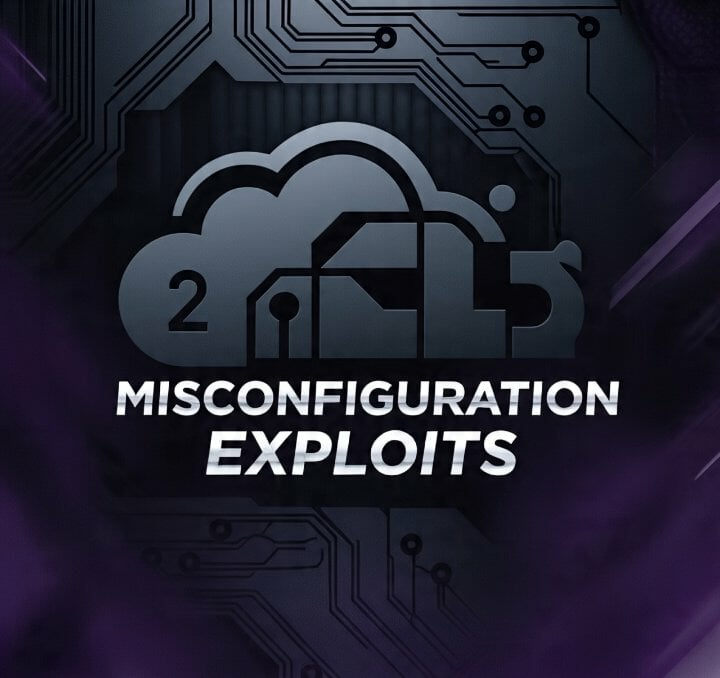
Cloud Attacks
Cloud computing refers to delivering computing services such as servers, storage, databases, networking, and software over the internet ("the cloud"), enabling faster innovation, scalability, and cost savings. As businesses increasingly rely on cloud services to store vast amounts of sensitive data, including personal and financial information, cybersecurity in the cloud becomes critical.
Cloud attacks pose significant risks because cloud environments are accessible remotely and often shared among multiple users. Attackers exploit misconfigurations, weak authentication, software vulnerabilities, or insider threats to compromise cloud resources. Protecting cloud systems requires a shared responsibility model where both cloud providers and users implement strong security measures.
The cloud is a network of internet-hosted servers and services that provide on-demand computing resources like storage, processing power, and software without needing local hardware. A cloud attack is an attempt by cybercriminals to breach cloud systems to steal data, disrupt operations, or misuse resources. These attacks target cloud infrastructure, applications, or user accounts to exploit vulnerabilities or gain unauthorized control
Types of Cloud Attacks

1. Data Breaches:
Attackers exploit weak access controls or vulnerabilities to steal sensitive data stored in the cloud. Data breaches occur when unauthorized individuals gain access to sensitive data stored in the cloud. These breaches can result from weak access controls, vulnerabilities, or social engineering tactics. The stolen data may be used for identity theft, financial fraud, or sold on illegal marketplaces. Exploits often involve phishing, weak encryption, or exploiting misconfigurations.

2. Account Hijacking:
Using stolen credentials or phishing, attackers gain control over cloud user accounts to manipulate or steal data. Account hijacking happens when attackers gain control of a cloud account, often through phishing or weak credentials. Once accessed, they can misuse resources, steal sensitive information, or launch additional attacks. This type of threat compromises both individual and organizational integrity. The advantage for attackers is the ability to control cloud services or access sensitive data. The disadvantage for victims is the disruption of operations, financial losses, and the erosion of trust.

3. Denial of Service (DoS/DDoS):
Denial of Service (DoS) and Distributed Denial of Service (DDoS) attacks disrupt cloud-based email services by overwhelming them with traffic. This makes the service inaccessible to legitimate users, causing operational delays. These attacks often aim to harm reputations, disrupt businesses, or demand ransoms. Flooding cloud services with excessive traffic to disrupt availability and cause downtime.

4. Misconfiguration Exploits:
Misconfiguration exploits occur when cloud resources are improperly set up, leaving them exposed to unauthorized access. Taking advantage of improperly configured cloud resources (e.g., open storage buckets) to access or leak data. Common errors include unprotected storage buckets or overly permissive access controls. Attackers can exploit these vulnerabilities to steal data or deploy malicious software. The victims is compromised data, increased risk of further attacks, and loss of customer trust.

5. Insider Threats:
Malicious or careless insiders misuse their access to harm cloud assets. Insider threats arise when Insider threats arise when individuals within an organization misuse their access to cloud resources. These threats can be intentional, such as stealing data, or unintentional, such as misconfiguring critical settings. They pose significant risks because insiders often have privileged access. The advantage for attackers is the ability to bypass many external security measures. The disadvantage is the difficulty of detection and mitigation due to the insider's trusted position.

6. Man-in-the-Middle (MITM) Attacks:
Intercepting data transmissions between users and cloud services to eavesdrop or alter data. Man-in-the-middle (MITM) attacks intercept communication between users and cloud services to steal or alter data. Attackers position themselves covertly to capture sensitive information like login credentials. The advantage for attackers is the ability to capture sensitive information in real-time. The disadvantage for victims is the potential compromise of sensitive data and increased vulnerability to further attacks.

7. Malware Injection:
Injecting malicious code into cloud applications or services to compromise systems or data. Malware injection involves embedding malicious code into cloud services to manipulate or steal data. Attackers may inject malware through compromised APIs or insecure applications. Once executed, the malware can spread, compromise systems, and cause widespread damage.
Who attacks the cloud?
- Cybercriminals
- Hackers
- Insider threats (employees or contractors)
- Hacktivists (activists using hacking)
- Nation-state actors (government-backed attackers)
Why do they attack the cloud?
- To steal sensitive data for money or spying
- To disrupt business operations or demand ransom (ransomware)
- To use cloud resources to launch other attacks
- To harm reputation or gain a competitive edge
Cloud Security Measures
1. Strong Access Controls:
Use multi-factor authentication (MFA), strong passwords, and least privilege access policies.
2. Encrypt Data:
Encrypt data at rest and in transit to protect confidentiality.
3. Regular Security Audits and Penetration Testing:
Continuously assess cloud security posture and fix vulnerabilities.
4. Secure Configuration:
Follow best practices to avoid misconfigurations, such as closing open storage buckets.
5. Monitor and Log Activities:
Implement real-time monitoring and logging to detect suspicious behavior.
6. Educate Users:
Train staff on cloud security risks and safe practices.
7. Patch and Update:
Keep cloud software and applications up to date with security patches.